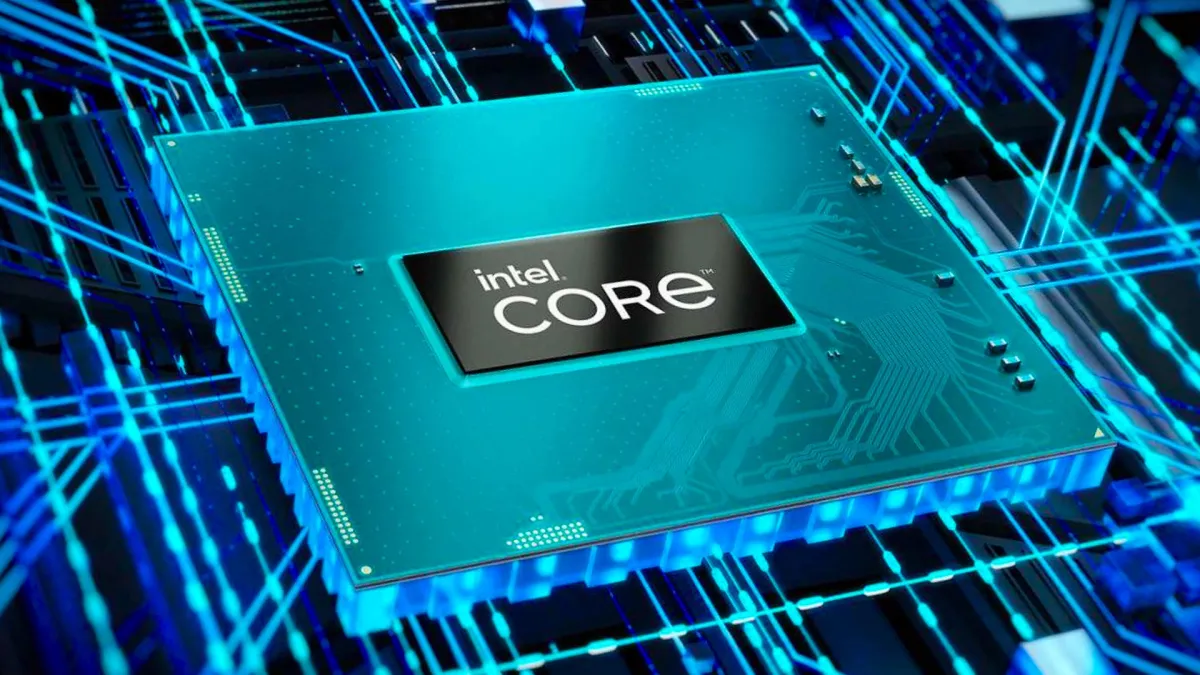It seems we’ve finally got a good look at the die for the upcoming Intel Core i9-13900 Raptor Lake CPU. A short video posted on Bilibili by Expreview shows the CPU being delidded, exposing what the die looks like inside. This tells us the exact measurement of the die in comparison to the one found in Intel’s Alder Lake CPUs. It also raises some interesting questions for the upcoming CPU lineup.
According to the video, the Raptor Lake die measures 23.8 by 10.8 mm. The end of the video places a Rocket Lake i9-11900K and an Alder Lake i9-12900K side by side for comparison. These measure at 24.0 x 11.7 mm, and 20.4 x 10.2 mm, respectively. Interestingly, the Raptor Lake die is smaller than Rocket Lake, but larger than Alder Lake.
Raptor Lake’s bigger die size isn’t surprising if you know what Intel’s putting into these new CPUs. For starters, there’ll be eight more E-cores, a massive increase of L2 cache, with a smaller increase in L3 cache as well. The die is bigger on the i9-13900 Raptor Lake CPU because there’s simply more stuff going into it. This may all result in higher production costs which translate into those price hikes we covered recently.
The extra length of the die makes sense when you think about the additional space needed for the extra E-core clusters. The increased width likely accounts for a number of architectural changes versus Alder Lake, rather than one simple answer for consumers to understand. Seeing as Raptor Lake should feature significantly higher clock speeds though, the increased surface area could help spread out the inevitably greater heat outputs. We’ll likely get answers to these questions closer to when Raptor Lake launches, which is rumored for September or October later this year.
Raptor Lake brings better performance
At the end of the day, the increase in die size is a byproduct of the added hardware going into the CPU. Since the i9-13900 power spec will meet the same 240W P2 target as Alder Lake, it’s likely that there won’t be much for concern. The new Raptor Lake CPUs will also still be compatible with the LGA 1700 socket, so things won’t be that different as far as compatibility with other components.
Everything we’ve seen from Intel’s next generation points to some impressive performance figures. Recently, a leaked benchmark from an Intel i9-13900K showed off increased performance in multiple areas.
From a gaming perspective, we’re at a point now where the latest CPUs are more than capable of handling today’s modern titles with ease. Any increase in performance from Raptor Lake may not be too noticeable, particularly if you already own a high end Alder Lake CPU. For most gamers, Raptor Lake will likely just provide better framerate consistency across the average framerate metric, 1% lows, and 0.1% lows.
We’ll certainly be able to put next-gen GPUs to work with powerful supporting hardware like Intel’s Raptor Lake CPU lineup and AMD’s Ryzen 7000 Series, and leaks like these die shots show we’re not far off from launch time.









Published: Aug 4, 2022 04:30 pm